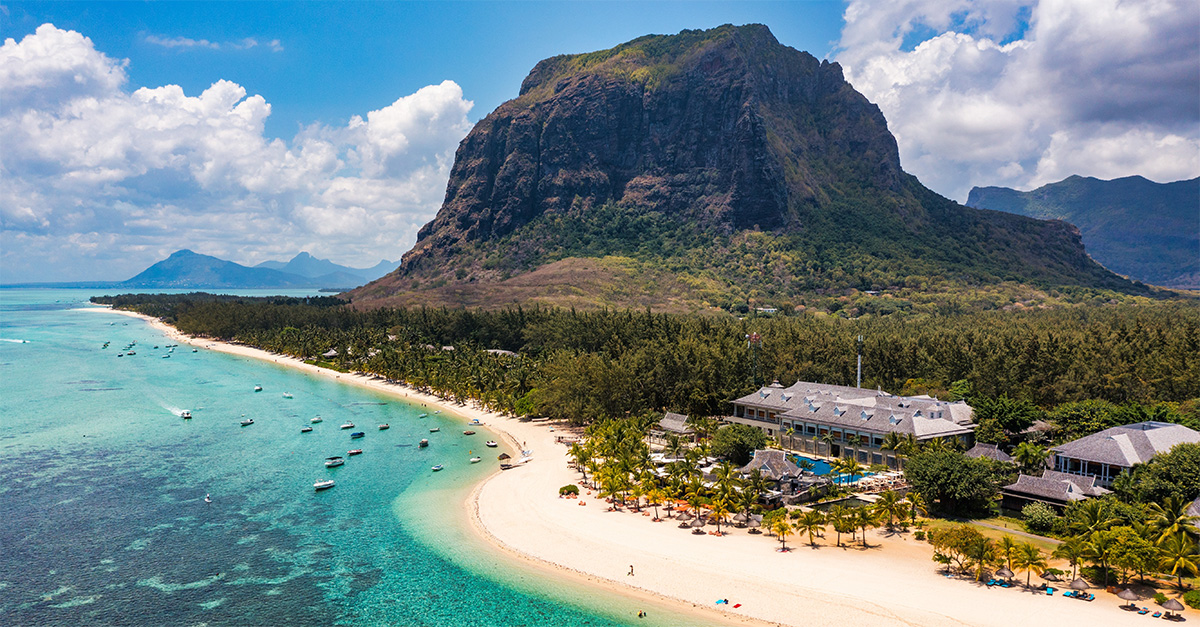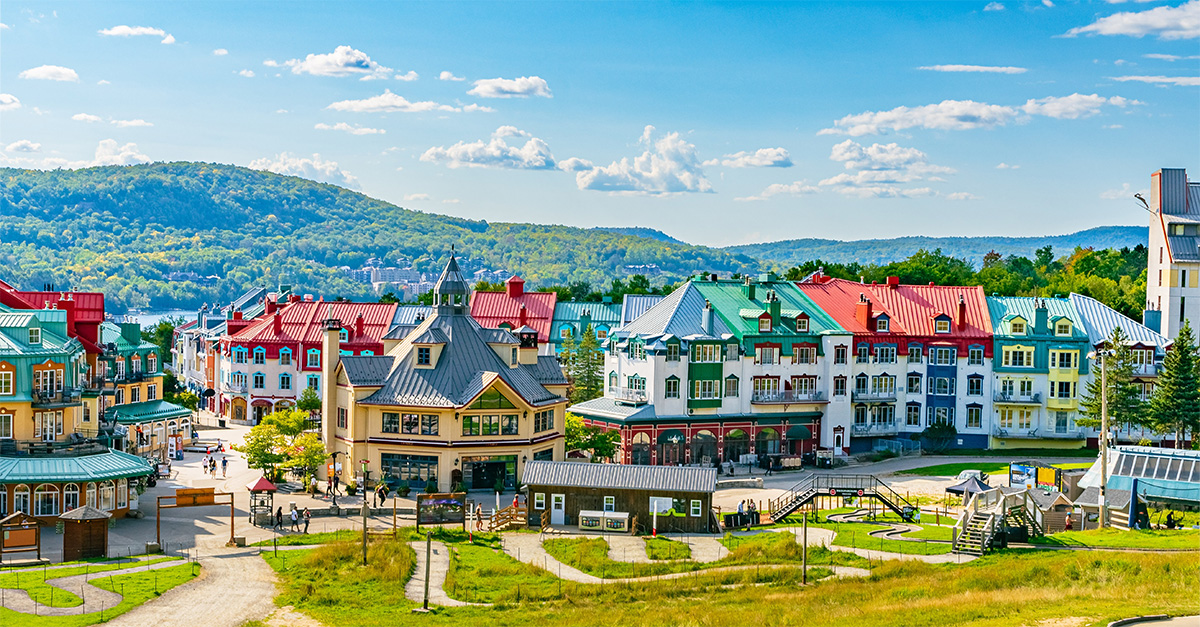| Image: PCL |
BENELUX is a beer lover’s dream. Agents selling the
destination should get to know where is best to sample its brunes
and blondes and try a tipple or three themselves – all in the
interests of work, of course.
Next year is Beer Year 2005 and the Belgian Tourist Board (Brussels
and Wallonia) are hitting the road with Wallonia specialist Great
Fun Holidays to celebrate.
The two are also teaming up to run two fam trips to the region,
giving agents the chance to sample the best brews in a country that
was once home to more breweries than churches.
In Belgium, beer fairs, tastings, exhibitions, open days and beer
trails are all planned for next year to highlight the many
varieties of beer produced.
They include the sour-tasting Lambic or Gueuze beers typical of
Brussels, and the Abbey and Trappist beers produced with the pure
waters of Wallonia.
The most famous beers produced in Wallonia are the three Trappist
brands – Orval, Chimay and Rochefort.
Trappist beers can only be brewed in a Trappist monastery, home to
the most disciplined order of monks.
Of the six Trappist breweries in the world, three are in Wallonia,
which itself is in the Ardennes. You might be able to visit by
appointment – unless you are female. However, most have a bar
or shop that is open to all visitors.
Chimay is the best-known Trappist brewing monastery because it was
the first to sell beer commercially and popularise the term
‘Trappist’.
It brews three types of beer, each with a different-coloured crown
top – red, white and blue. Blue is the strongest.
Orval produces just one variety, while Rochefort brews three
different types.
Abbey beers have similar characteristics to Trappist beers, but are
not brewed in monasteries. Today, production is in the hands of
commercial breweries.
Leffe, which celebrated its 850th anniversary in 2002, is brewed by
InterBrew.
Belgium’s British-style ales were inspired by the troops
stationed in the country during the two world wars. Several
breweries still produce ‘Le Pale Ale’ and ‘Le
Scotch’.
Beer Ambassador Q&A
 | |
Believe it or not, the UK has its very own Belgian beer
ambassador. Marc Stroobandt has made it his job to educate Brits
about the product and different flavours of Belgian beer, as well
as the surrounding culture. Travel Weekly met him to find out
more.
Q How did you become a beer ambassador?
A To fund my way through law school, I started
work in a specialised Belgian beer house. There I gathered a wealth
of information and experience. Then I came to London as drinks
buyer, head of the bar department and in-house beer sommelier for
Belgo restaurants and started to understand the need for
information and education. When I was made redundant I came up with
the idea of becoming a Belgian beer ambassador. By working with
Cave Direct, which imports Belgian beers, and with the support of
the Confederation of Belgian Brewers, I can help British people
better understand the beers and the closely linked culture. I was
rewarded with an honorary knighthood in the Order of the Masher.
The confederation is looking to have a Belgian Beer Embassy and a
fleet of ambassadors around the world.
Q How many beers do you taste a week?
A My work mainly consists of training and
educating consumers and beer trade people through tutored beer
tasting and beer dinners, so I taste a lot. When in Belgium I
always visit and revisit breweries, and pick up new beers or retry
some old favourites.
Q What are your top five Brussels and Wallonia beer
recommendations and why?
A Brussels and Wallonia have a wide variety of
beers, a rich brewing heritage and distinctly different styles of
cuisine, inherent to each region. I would recommend the following
beers as they best represent the different regional styles:
- Lambiek Geuze beers from the Brussels region. By blending a
one-year-old Lambiek beer with a two and three-year-old, brewers
create a Geuze beer, which has a unique, cider-like oaky
tartness. - Saison or Season beers from the north of Henegouwen. These were
traditionally brewed in winter to be ready for the harvest. These
amber-blonde beers have a refreshing, hoppy dryness and a gorgeous
spicy finish, which can stand next to many exotic dishes. - Abbey beers like Leffe, Maredsous or St Feuillien, which are
all medium to full-bodied beers that are also easy-drinking, with
soothing flavours and endless possibilities for paring with
food. - La Chouffe, from the Ardennes region, which has a pine tree
smell and lemony, fruity flavour mixed with a subtle herbal, hoppy
and dry finish. Named after the local gnomes who live underground
and are allergic to modern pollution and keep sneezing
“Achouffe”. - Trappist beers, brewed under strict control of Trappist monks.
The monks are vegetarian and beer for them is a source of vitamins
and minerals. Great when combined with Trappist cheese or dark
Belgian chocolate.
Q Are you brune or blonde?
A Actually, I’m promiscuous and like some
variation. It depends on my mood, the time of year and what I am
eating. Blonde beers tend to be more hoppy, dry and
thirst-quenching, while darker beers have a more caramel or
toffee-bitter sweetness.
Q Do you have a personal driver?
A Unfortunately not, so I rely on public transport or cabs. I
must be one of the few people who drinks for my work.
Q Which beers are most popular with the
ladies?
A Most people assume fruit beers are a girlie
drink, but I find women tend to go for stronger and flavoursome
beers, which they can enjoy without having to rush. And believe me,
if you combine Belgian chocolate with, for instance, Walloon
Trappist beers, you can’t go far wrong.




